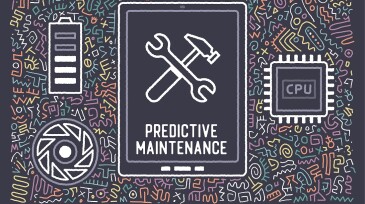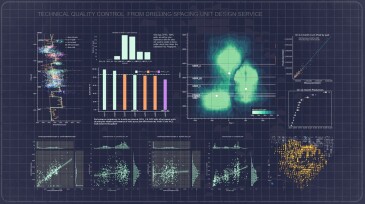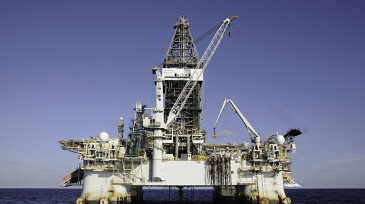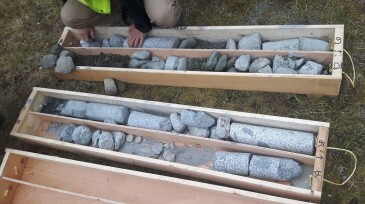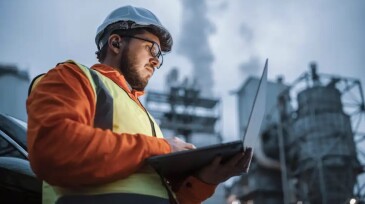AI/machine learning
Aurora Innovation and Detmar Logistics have inked a deal for 30 autonomous trucks that will begin hauling sand in the region next year.
Sustainability in reservoir management emerges not from standalone initiatives but from integrated, data-driven workflows, where shared models, closed-loop processes, and AI-enabled insights reduce fragmentation and make sustainable performance a natural outcome.
Sponsored
In oil and gas operations, every decision counts. For more than 2 decades, SiteCom has been the trusted digital backbone for well operations worldwide, driving insight, collaboration, and efficiency.
-
Peter Bernard, CEO of Datagration, discusses how oil and gas industry predictive maintenance doesn’t just provide an economic value, it also boosts safety by anticipating unpredicted failures among aging infrastructure.
-
Geolog and Petro.ai announced a strategic partnership to deliver data science products and services to the global energy industry.
-
With so much volatility in the sector, acutely felt by many western consumers, how are intelligent work flows enabling the shift toward alternatives?
-
Incorporating domain knowledge into your architecture and your model can make it a lot easier to explain the results, both to yourself and to an outside viewer. Every bit of domain knowledge can serve as a stepping stone through the black box of a machine learning model.
-
In this work, novel physics-based models and machine-learning models are presented and compared for estimating permanent-downhole-gauge measurements.
-
The AIoT has the potential to transform industries and society, and it is already starting to have an impact. This article will explore the principles of AIoT, its benefits, and its current use.
-
Supervised learning has many commercial applications; however, such learning lacks the capability to generate new insights and knowledge. In contrast, unsupervised learning discovers the inherent structures in unlabeled data, thereby helping generate new insights and actionable knowledge from large volumes of data.
-
Researchers from Skoltech have trained a neural network to recognize rock samples in core box images efficiently. The process has sped up analysis by up to 20 times and made it possible to automate the description of rock samples.
-
Chief digital and information officer Sandeep Gupta's innovative use of technology has enabled the company to cut costs, reduce time to first oil, and manage decline in production.
-
The paper describes an approach to history matching and forecasting that does not require a reservoir simulation model, is data driven, and includes a physics model based on material balance.




